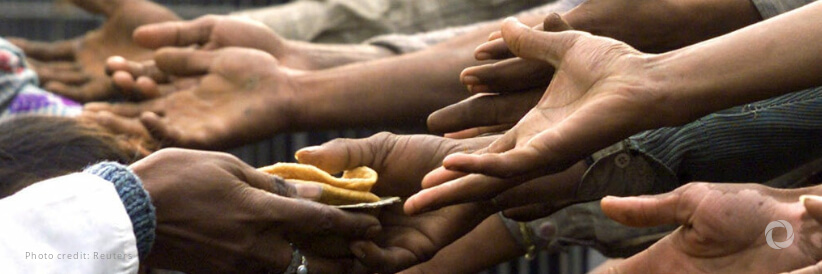Next year will set another record for humanitarian relief requirements, with 339 million people in need of assistance in 69 countries, an increase of 65 million people compared to the same time last year, the United Nations and partner organizations said.
The estimated cost of the humanitarian response going into 2023 is US$51.5 billion, a 25 percent increase compared to the beginning of 2022.
🆕 Just in!
In 2023, humanitarians aim to support 230 million of the world’s most vulnerable people with US$51.5 billion.
A grim milestone, this largest-ever funding request reflects growing humanitarian needs around the world: https://t.co/zYCvQUGV2x#InvestInHumanity pic.twitter.com/epVOnoJko8
— UN Humanitarian (@UNOCHA) December 1, 2022
“Humanitarian needs are shockingly high, as this year’s extreme events are spilling into 2023,” said the Emergency Relief Coordinator, Martin Griffiths. “Lethal droughts and floods are wreaking havoc in communities from Pakistan to the Horn of Africa. The war in Ukraine has turned a part of Europe into a battlefield. More than 100 million people are now displaced worldwide. And all of this on top of the devastation left by the pandemic among the world’s poorest. For people on the brink, this appeal is a lifeline. For the international community, it is a strategy to make good on the pledge to leave no one behind.”
The 2023 Global Humanitarian Overview (GHO), launched by the UN in collaboration with nongovernmental organizations and other humanitarian partners, paints a stark picture of what lies ahead:
The response plans in the GHO detail how aid agencies working together around specific types of aid – including shelter, food, maternal health, child nutrition, and protection – can save and support the lives of a combined 230 million people worldwide.

